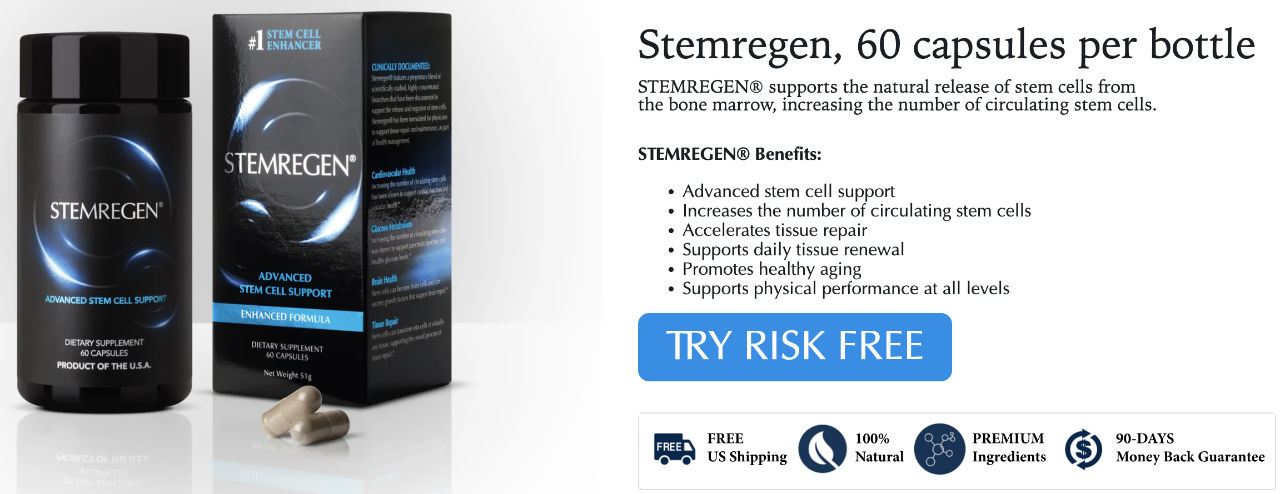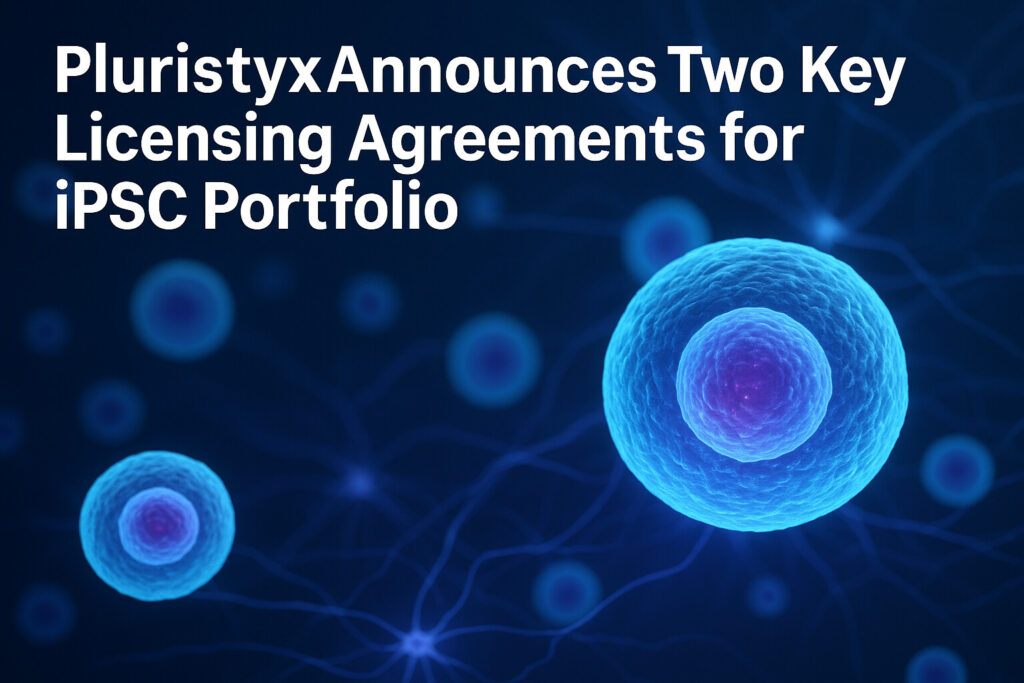For individuals with Parkinson’s disease (PD), the progressive loss of motor function presents a daily challenge. The search for effective treatments has led researchers to explore cell replacement therapy, and recent findings have generated significant optimism.
New Studies Report Positive Trends
Two studies, released at the International Congress of Parkinson’s Disease and Movement Disorders®, have reported positive trends in safety and efficacy for dopaminergic cell transplantation [1]. The research, conducted by Sarva et al. and Na et al., involved a total of 24 patients with Parkinson’s disease.
Participants in the studies received a bilateral single injection of one of two different dopaminergic stem cell lines directly into the putamen, a key brain structure. Patients were divided into groups receiving either a high or low dose of the therapy.
Understanding the Science
Parkinson’s disease is characterized by the loss of dopaminergic neurons in the midbrain, specifically within an area called the substantia nigra. This neuronal loss is responsible for the motor and non-motor symptoms of the disease.
Stem cell therapies are designed to address this issue directly by replenishing the lost dopaminergic neurons through a process known as intrastriatal grafting. The goal is to restore dopamine production and improve motor control.
Key Findings from the Trials
The results from these preliminary studies are encouraging, demonstrating both safety and potential efficacy.
Strong Safety Profile
Across both studies, no serious related adverse events were reported. This finding is a critical first step in establishing cell transplantation as a viable treatment option for Parkinson’s disease.
Efficacy and Motor Improvements
The studies revealed a clear dose-dependent response. Patients who received a higher dose of the cell therapy showed better motor improvement, while those in the low-dose groups remained stable.
| Metric | High Dose Group | Low Dose Group |
|---|---|---|
| Motor Function | Better Improvement | Stable |
| MDS-UPDRS Part III OFF Scores | Improved | Not specified |
| Patient-Reported ON/OFF Times | Stable, positive changes | Stable |
Investigational Cell Therapies
The two studies investigated distinct human embryonic stem cell (hESC)-derived products.
| Study | Cell Product | Type | Trial Phase |
|---|---|---|---|
| Sarva et al. | Bemdaneprocel | Dopaminergic neuron progenitor cell | Open-label |
| Na et al. | A9-DPC | Allogenic dopamine progenitor product | Phase 1/2a |
Expert Perspective and Future Outlook
Dr. Per Svenningsson, a Professor of Neurology at the Karolinska Institutet, commented on the significance of these findings. He noted that while pioneering studies over 30 years ago using fetal tissue showed potential, they were hampered by tissue availability and side effects like graft-induced dyskinesias.
“These two studies report that transplantation of human embryonic stem cell (hESC)-derived dopamine neurons may exert functional properties suitable for PD therapy,” stated Dr. Svenningsson. “The data from these two stem cell-based therapy studies demonstrate safety and preliminary efficacy against PD symptoms… these studies support the future for larger clinical studies.” [1]
These results mark a significant advancement in the field. By using a renewable stem cell source, researchers can overcome the limitations of older methods. The demonstrated safety and positive motor improvements provide a strong foundation for moving forward with larger, more comprehensive clinical trials, bringing new hope to the Parkinson’s community.
References
[1] International Parkinson and Movement Disorder Society. (2025, October 5). Cell therapy shows promising motor improvements and safety in Parkinson’s disease. PR Newswire. https://www.prnewswire.com/news-releases/cell-therapy-shows-promising-motor-improvements-and-safety-in-parkinsons-disease-302574035.html


